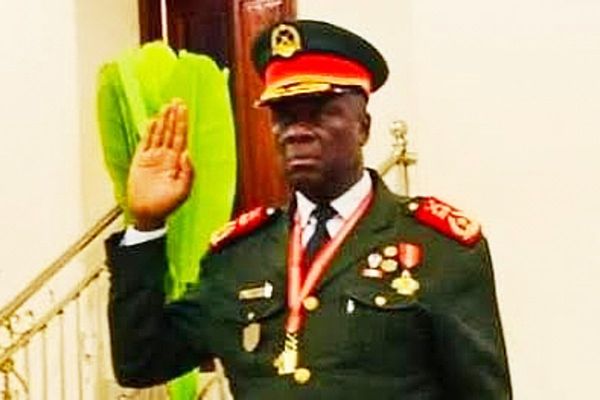
How much do the Mets value the leadership and defense of Marcus Semien? They’re betting on Semien being a decent offensive player at ages 35, 36 and 37 at second base, a long shot that is not even on the baseball actuarial chart these days.
New York traded career-long Met Brandon Nimmo to Texas to take on the end of the aging curve of Semien. The Rangers are trying to re-make their team to be younger, cheaper and more contact heavy. (Goodbye, Adolis Garcia.) Nimmo actually strikes out more often than Semien. But with Garcia gone and Josh Smith on hand to play second base, the swap made some sense for Texas in terms of age (Semien is 35, Nimmo turns 33 in March) and positional need.
The Mets were not a good defensive team last season, ranking 19th in run value, 21st in outs above average and 23rd in batting average allowed on balls in play. Second base wasn’t as big of a problem as third base, first base and center field, but New York does not have enough rangy, athletic players behind its pitching. President of baseball operations David Stearns knows the way to maximum pitching is to marry it with elite defense. The acquisition of Semien and the subtraction of Nimmo (below average defender) is a step in that direction.
Semien also gives the Mets one of the great true professionals in the game. He is a glue guy and leader. That’s no small point for a team that collapsed down the stretch last year and gutted the coaching staff.
The biggest risk is the aging pattern for mid-30s second basemen. It’s not good, folks, especially for someone who has played as much baseball as Semien. From 2015–25 Semien has averaged 613 plate appearances per year. Only four players have taken more. One of them is his new double play partner, shortstop Francisco Lindor, 32.
Let’s say the best the Mets can hope for is that Semien stays healthy enough to have a qualified season, play 100 games at second base and is just average on offense—an OPS+ of 100 or more. Doesn’t sound like much, right? It’s not. Over the past eight full seasons, it’s been done 62 times.
Okay, but now ask yourself, how many of those average, qualified second basemen were 35 years old or older?
The answer is zero.
Not since Ben Zobrist in 2016 has a second baseman that old held up to such a rather low bar. The normal aging pattern is fast declines such as those we saw from Dustin Pedroia, Whit Merrifield, D.J. LeMahieu and the like, often with injuries associated. The Mets decided the risk of taking on the downside of Semien’s offensive game was worth the defense and intangibles he keeps providing, regardless of age.
More MLB on Sports Illustrated
This article was originally published on www.si.com as Mets Bet On Marcus Semien Beating Father Time.







